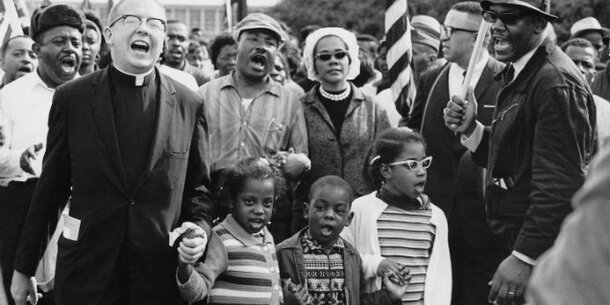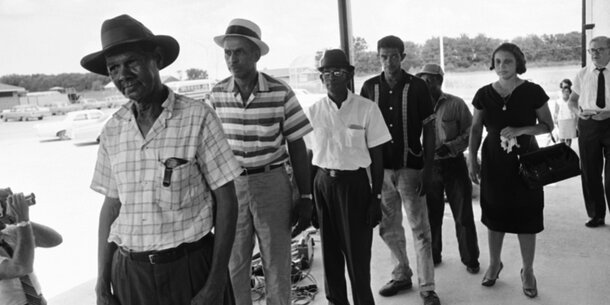New York City voters will decide in November on a consequential ballot measure that could put the city on a path to boosting voter turnout. If passed, Ballot Proposal 6 would — once permitted by a change in state law — shift odd-year city elections to the same year as presidential elections in even years. Its approval would give historically underrepresented New Yorkers a stronger voice in their government.
Specifically, the ballot question proposes amending the City Charter to hold the city’s primary and general elections in even-numbered years. For the reform to ultimately take effect, the state legislature must pass, and voters across the state must approve, a state constitutional amendment. Doing so would bring the city in line with the many towns and counties that will begin making the switch to even-year elections next year, thanks to a state law that was recently upheld by New York’s highest court.
New York City’s odd-year elections are chronically plagued by low voter turnout. In the last mayoral general election in 2021, only 23 percent of eligible voters cast a ballot, a historic low. In contrast, in last year’s presidential election, more than twice as many voters — 60 percent — turned out across the five boroughs. This disparity was not an anomaly. Over the last five New York City mayoral contests, the average voter turnout has been just 27 percent, while the turnout among eligible city voters has been more than double that for the last five presidential contests.
Elections held in odd-numbered years don’t just depress overall turnout. They also deepen the disparities that voters of color and young voters face. In the 2023 city general elections, for example, only 6 percent of voters ages 18 to 29 cast a ballot. The rate was even lower for voters of color in certain neighborhoods. Voter turnout in that general election was less than 13 percent, even though it was a high-stakes year with all city council members and two statewide ballot questions appearing on the ballot. Such low voter participation undermines representation, leaving many communities out of decisions that impact their lives on issues like housing, education, and public safety.
The experience of other jurisdictions that have already moved their local elections to even years shows how the reform can dramatically boost voter participation. When San Francisco switched to even-year elections in 2024, turnout more than doubled compared to the average turnout rate from the previous six odd-year elections. Other cities in California have experienced significant increases in turnout among young voters, Latino voters, and Asian American voters after moving their local elections to even years — bringing the voting population closer to reflecting the demographics of the state. It’s no wonder experts on election turnout have called the reform the “single most important change that local governments can undertake to increase turnout.”
Shifting elections to even years can also strengthen the city’s election administration practices and generate cost savings. New York City’s Independent Budget Office — an agency that provides impartial information and analysis of the city’s budget — determined that shifting elections to even years could save the city an estimated $42 million every other year. These savings can go a long way as local election officials across the country are concerned about recent federal cutbacks to election support, including election security services. Streamlining the election calendar would enable election officials to focus on other important tasks in odd years, such as equipment tests, poll site visits, and physical and cyber enhancements, all of which will improve the city’s ability to more equitably serve voters.
What’s more, a large majority of likely New York City voters support moving city elections to even-numbered years. A 2024 poll showed that this was true across demographics, including race, age, gender, and geography. These city-based results align with prior statewide polling which found voters across party lines support this reform as one that is “good for New York.”
New Yorkers recognize the problem with low, unrepresentative turnout in elections. City voters now have a chance to lead in fixing it by approving this change to its charter. If Proposal 6 passes this fall, it will send a clear message to leaders in Albany that city voters want them to move forward with the statewide constitutional amendment process and finally bring this reform to their city.




